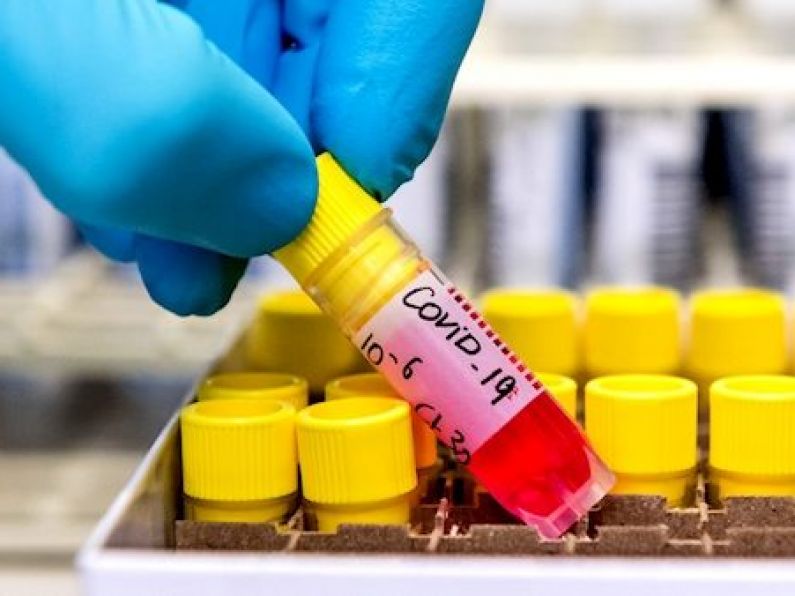A further seven people with Covid 19 have died and there are 28 new confirmed cases.
It brings the death toll here to 1,670 and the total number of cases is 25,163.
The HSE is working to identify any contacts the patients may have had to provide them with information and advice to prevent further spread.
Today’s data from the HPSC, as of midnight, Wednesday 3 June (25,135 cases), reveals:
· 57% are female and 43% are male
· the median age of confirmed cases is 48 years
· 3,312 cases (13%) have been hospitalised
· Of those hospitalised, 410 cases have been admitted to ICU
· 8,046 cases are associated with healthcare workers
· Dublin has the highest number of cases at 12,118 (48% of all cases) followed by Cork with 1,527 cases (6%) and then Kildare with 1,419 cases (6%)
· Of those for whom transmission status is known: community transmission accounts for 39%, close contact accounts for 59%, travel abroad accounts for 2%
Today, Government confirmed Ireland’s progression into Phase Two of Ireland’s Roadmap for Reopening Society & Business will proceed on Monday 8 June 2020.
Dr. Tony Holohan, Chief Medical Officer, Department of Health, said; “As we move to Phase Two, the Government has introduced a range of new measures in line with the advice from the National Public Health Emergency Team.
“It is our individual behaviours and personal choices that will ultimately influence what course this disease takes over the coming weeks and months.”
Dr Ronan Glynn, Deputy Chief Medical Officer, Department of Health said; “The reopening of playgrounds in public locations and outdoor amenities including zoos, animal parks and summer camps, as well as the summer education programme for children with special educational needs, are some of the measures that is hoped will ease the severity of this pandemic on children and their families.”
Dr. Colm Henry, Chief Clinical Officer, HSE, said; “Phase Two provides vulnerable groups scope for home visits of up to 6 people for a short period of time, however it is vitally important that all visits to homes of vulnerable people be compliant with hand hygiene practices, respiratory etiquette and physical distancing of 2 metres. It is hoped as we move through phases, that life becomes easier for severely impacted groups but that their safety is maintained at all times.”






